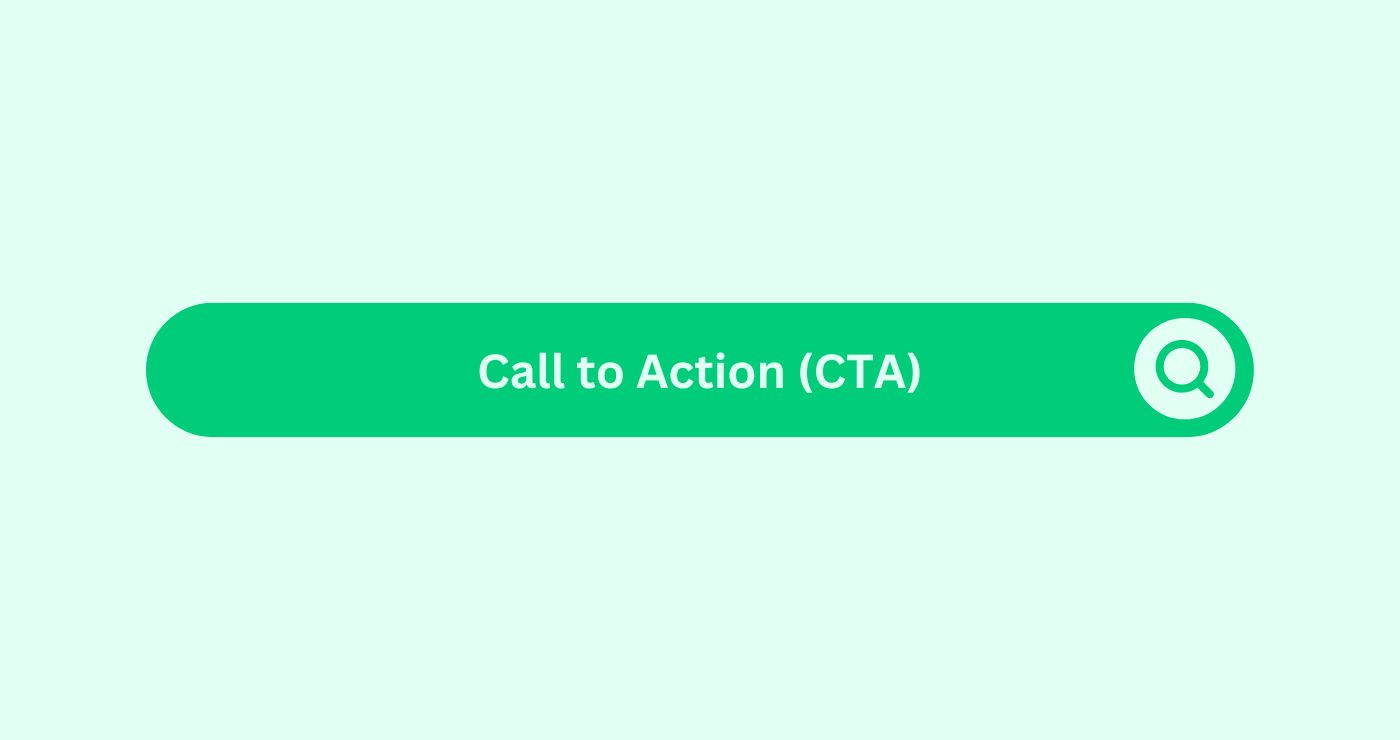Definition
A Call to Action (CTA) is a prompt or instruction designed to elicit an immediate response from the audienceDefinition The term "Audience" refers to the group of indivi... More, typically encouraging them to take a specific action. In the context of SEO, CTAs are often used in website content, advertisements, or other marketing materials to guide users towards desired actions, such as making a purchase, subscribing to a newsletterDefinition A newsletter in email marketing is a regularly di... More, or contacting the business.
Example of how you can use a Call to Action (CTA)
An example of a CTA is a button on a website that says “Shop Now” or “Sign Up Today.” When users click on these buttons, they are directed to a specific page where they can complete the desired action, such as browsing products or filling out a registration form.
Key Takeaways
- Clarity and Visibility: CTAs should be clear, concise, and prominently displayed to attract the user’s attention and guide them towards the desired action.
- RelevanceDefinition In SEO, relevance refers to the degree to which a... More: CTAs should align with the content and context in which they appear, offering value to the user and compelling them to take action.
- Action-Oriented Language: Effective CTAs use actionable verbs and persuasive language to prompt immediate responses, such as “Buy Now,” “Subscribe,” or “Learn More.”
- Placement: Strategic placement of CTAs within the content or layout of a webpage can enhance user engagementWhat is engagement in the context of content marketing? Enga... More and conversionDefinition In the realm of SEO, Conversion refers to the pro... More rates.
- Testing and Optimisation: Continuous testing and optimisation of CTAs can help identify the most effective messaging, design, and placement to maximise conversionDefinition In the realm of SEO, Conversion refers to the pro... More rates.
FAQs
What makes a good Call to Action (CTA)?
A good CTA is clear, relevant, action-oriented, and prominently displayed to prompt an immediate response from the user.
How many CTAs should a webpage have?
The number of CTAs on a webpage depends on the page's purpose and content. It's generally recommended to have one primary CTA that aligns with the page's goal, supplemented by secondary CTAs as needed.
Should CTAs be above the fold?
While placing CTAs above the foldDefinition Above the Fold refers to the portion of a web pag... More can increase visibility and engagementWhat is engagement in the context of content marketing? Enga... More, their effectiveness depends on various factors such as content layout, user behaviour, and device type.
How can I track the performance of CTAs?
Performance tracking tools such as Google AnalyticsDefinition Analytics in the SEO context refers to the proces... More can provide insights into CTA click-through rates, conversionDefinition In the realm of SEO, Conversion refers to the pro... More rates, and other relevant metricsWhat are Metrics in the context of SEO? Metrics in SEO refer... More to assess their effectiveness and inform optimisation efforts.
What are some common CTA mistakes to avoid?
Common CTA mistakes include using vague or generic language, overwhelming users with too many CTAs, and neglecting to test and optimise CTA design and placement.
Can CTAs be personalised for different audience segments?
Yes, personalised CTAs tailored to specific audienceDefinition The term "Audience" refers to the group of indivi... More segments or user behaviours can enhance relevanceDefinition In SEO, relevance refers to the degree to which a... More and effectiveness, leading to higher conversionDefinition In the realm of SEO, Conversion refers to the pro... More rates.
Are CTAs effective in email marketing?
Yes, CTAs are essential componentsDefinition Components in the SEO space refer to the individu... More of email marketingWhat is email marketing in the context of digital marketing?... More campaigns, prompting recipients to take action, such as clicking through to a website, making a purchase, or subscribing to a newsletterDefinition A newsletter in email marketing is a regularly di... More.
How can I create compelling CTAs for mobile devices?
When creating CTAs for mobile devices, prioritise simplicity, clarity, and visibility, ensuring that they are easily clickable and prominently displayed on smaller screens.
Should CTAs include incentives or offers?
Incentives or offers can enhance the effectiveness of CTAs by providing added value or urgency, but they should be relevant to the user and aligned with the overall marketing strategy.
How can I optimise CTAs for voice search?
To optimise CTAs for voice search, focus on natural language and conversational prompts that mirror how users speak, ensuring that CTAs are concise, relevant, and easy to understand when read aloud by voice assistants.




